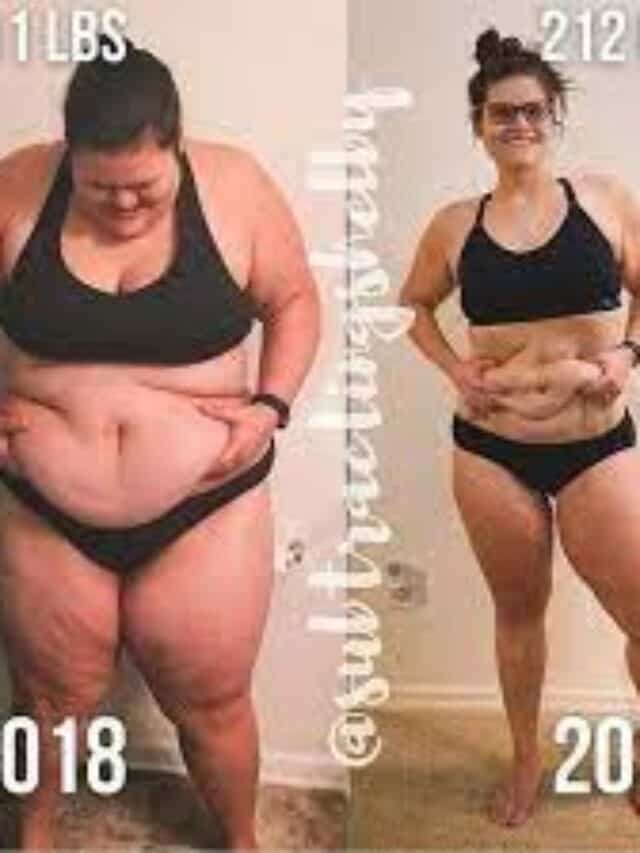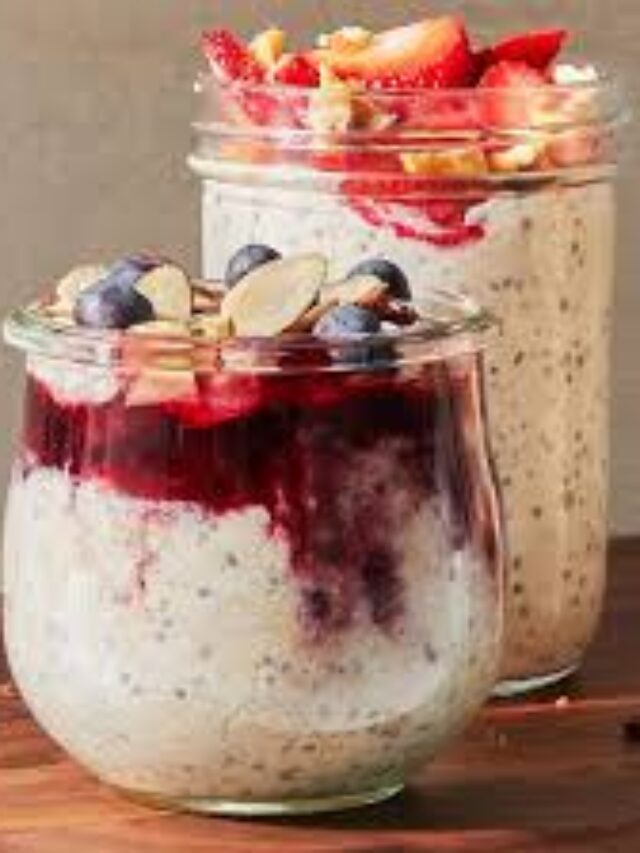Understanding How Weight Loss Works in the Body

Weight loss is a complex process that involves a combination of physiological, metabolic, and behavioral factors. To understand how weight loss works in the body, it’s essential to explore the key mechanisms and processes involved.how weight loss works in the body
1. Energy Balance
At its core, weight loss is governed by the principle of energy balance, which refers to the relationship between energy intake (calories consumed) and energy expenditure (calories burned). When the body expends more energy than it takes in, a calorie deficit is created, leading to weight loss over time.
2. Calorie Deficit
Creating a calorie deficit can be achieved through various means, including reducing calorie intake through dietary changes and increasing calorie expenditure through physical activity. By consistently maintaining a calorie deficit, the body is forced to use stored energy reserves, such as fat tissue, for fuel, resulting in weight loss.how weight loss works in the body
3. Metabolism and Hormones
Metabolism plays a crucial role in weight loss, as it determines the rate at which the body burns calories for energy. Factors such as age, gender, genetics, and body composition influence metabolism. Hormones also play a significant role in regulating appetite, satiety, and metabolism, affecting weight loss outcomes.
4. Dietary Modifications
Making dietary modifications is a fundamental aspect of weight loss. By choosing nutrient-dense, low-calorie foods and controlling portion sizes, individuals can reduce calorie intake while still meeting their nutritional needs. Emphasizing whole foods such as fruits, vegetables, lean proteins, and whole grains can promote satiety and support weight loss efforts.how weight loss works in the body
5. Physical Activity
Increasing physical activity levels is essential for burning calories and promoting weight loss. Engaging in regular exercise, including cardiovascular activities such as walking, jogging, cycling, and strength training exercises, can help boost metabolism, build lean muscle mass, and enhance overall fitness.
6. Behavior Change
Successful weight loss also requires changes in behavior and lifestyle habits. This may include setting realistic goals, tracking food intake and physical activity, practicing mindful eating, managing stress, getting adequate sleep, and seeking support from healthcare professionals or support groups.
7. Sustainability and Maintenance
Sustainable weight loss involves adopting healthy habits that can be maintained over the long term. Instead of focusing on quick fixes or restrictive diets, it’s important to develop a balanced and flexible approach to eating and exercise that promotes overall health and well-being.
Conclusion: A Holistic Approach to Weight Loss
Weight loss is a multifaceted process that involves a combination of dietary modifications, increased physical activity, metabolic changes, and behavior change. By understanding the underlying mechanisms of weight loss and adopting a holistic approach that addresses all aspects of health and wellness, individuals can achieve sustainable and long-lasting results.
If you want to read more information about how to boost traffic on your Website just visit









